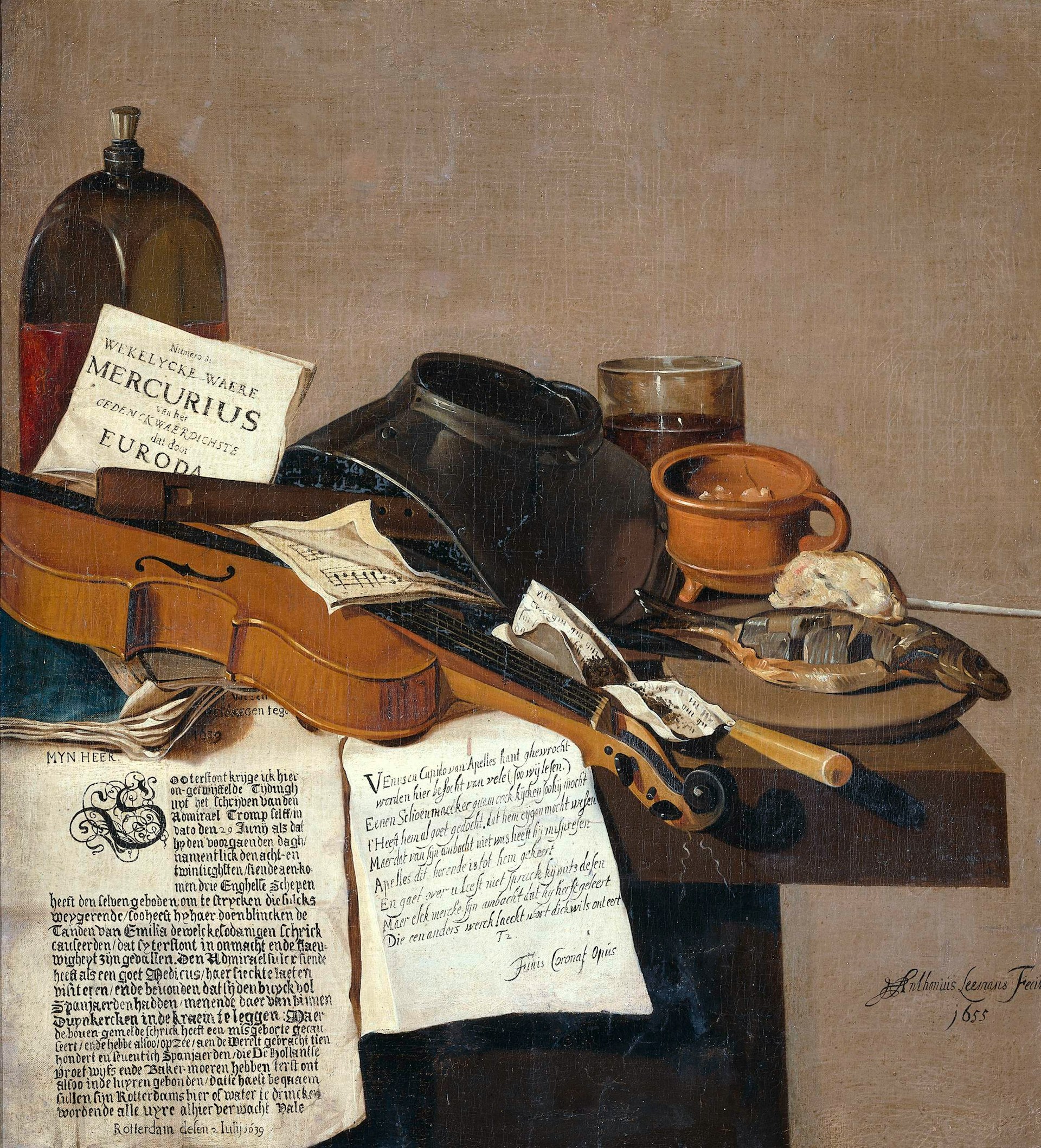
Musical instruments have been an integral part of human culture and expression for thousands of years. From primitive tools to sophisticated electronic devices, the evolution of musical instruments reflects the ingenuity and creativity of humankind. This article delves into the fascinating history of musical instruments, tracing their development from ancient times to the modern era.
Ancient Beginnings
The history of musical instruments dates back to prehistoric times. The earliest known instruments were likely simple percussion tools such as stones and sticks, used to create rhythms and sounds. Archaeological evidence suggests that flutes made from bird bones and mammoth ivory were used as early as 40,000 years ago.
The First Instruments
- Flutes and Pipes: The discovery of the Divje Babe flute in Slovenia, believed to be around 43,000 years old, suggests that early humans had an understanding of pitch and tone. Similarly, the Hohle Fels flute from Germany, dating back about 35,000 years, indicates the use of wind instruments in ancient rituals and celebrations.
- Drums and Percussion: Drums, one of the oldest types of instruments, were likely made from hollowed-out logs or gourds covered with animal skins. These instruments were used for communication, rituals, and entertainment across various cultures.
The Ancient Civilizations
As societies became more complex, so did their musical instruments. Ancient civilizations such as Mesopotamia, Egypt, Greece, and Rome made significant advancements in musical instrument design and construction.
Mesopotamia
In Mesopotamia, instruments like lyres, harps, and lutes were prominent. The Royal Cemetery of Ur, dating back to 2600 BCE, revealed intricate lyres decorated with gold and precious stones. These instruments played a crucial role in religious ceremonies and royal courts.
Egypt
The ancient Egyptians used a variety of instruments, including harps, flutes, and percussion instruments. The sistrum, a type of rattle, was particularly important in religious contexts. Tomb paintings and artifacts show the rich musical culture of ancient Egypt, with music integral to both daily life and spiritual practices.
Greece and Rome
The Greeks and Romans made significant contributions to the development of musical theory and instruments. The Greek lyre and kithara, string instruments similar to the modern guitar, were central to their music. The aulos, a double-reeded wind instrument, was also popular. Romans adopted many Greek instruments and added innovations such as the hydraulis, an early form of the organ.
The Middle Ages and Renaissance
During the Middle Ages, music became more structured and diverse. The church played a significant role in musical development, leading to the creation of instruments suited for liturgical use.
The Middle Ages
- Organs: The organ became a prominent instrument in churches, evolving from the ancient hydraulis. Its powerful sound and versatility made it a staple in religious services.
- String Instruments: The lute, derived from the Arabic oud, became popular in medieval Europe. Instruments like the psaltery, hurdy-gurdy, and early versions of the violin also emerged during this period.
The Renaissance
The Renaissance period saw a flourishing of arts and culture, including music. Instrumental music gained prominence, and new instruments were developed.
- Violin Family: The violin, viola, and cello were perfected during this time, leading to their central role in classical music.
- Woodwinds and Brass: Instruments like the recorder, flute, and trumpet underwent significant improvements. The sackbut, an early form of the trombone, became popular in ensembles.
The Modern Era
The modern era has witnessed unprecedented advancements in musical instruments, driven by technological innovation and cultural exchange.
The 18th and 19th Centuries
- Pianos: The piano, invented in the early 18th century by Bartolomeo Cristofori, revolutionized music. Its dynamic range and expressive capabilities made it a favorite among composers and performers.
- Industrial Revolution: The Industrial Revolution brought about mass production of instruments, making them more accessible to the public. Innovations like the saxophone, created by Adolphe Sax in 1846, expanded the range of available sounds.
The 20th and 21st Centuries
- Electronic Instruments: The advent of electricity led to the creation of electronic instruments. The theremin, invented in 1920, was one of the first. The synthesizer, developed in the mid-20th century, revolutionized music production.
- Digital Technology: The late 20th and early 21st centuries have seen the rise of digital instruments and music software. MIDI (Musical Instrument Digital Interface) technology allows for intricate control of electronic instruments, and software like DAWs (Digital Audio Workstations) enable complex compositions and recordings.
Conclusion
The history of musical instruments is a testament to human creativity and cultural evolution. From the simple flutes of prehistoric times to the sophisticated digital instruments of today, each development reflects the changing needs and aspirations of society. As technology continues to advance, the future of musical instruments promises even more innovation and diversity, enriching the global tapestry of music.
